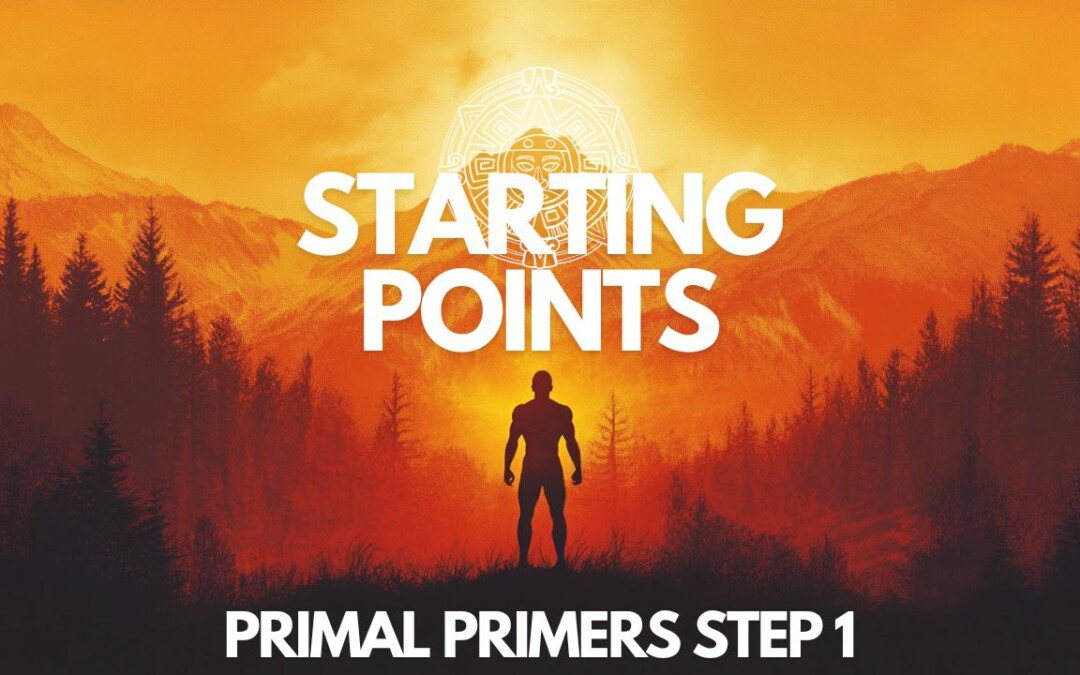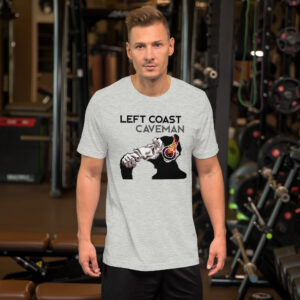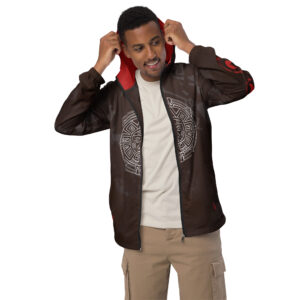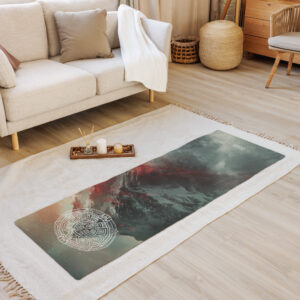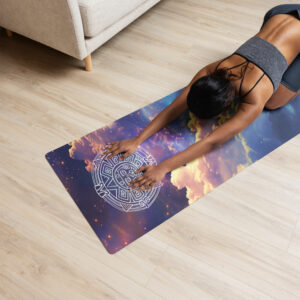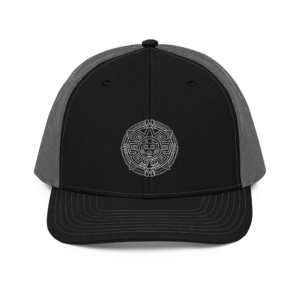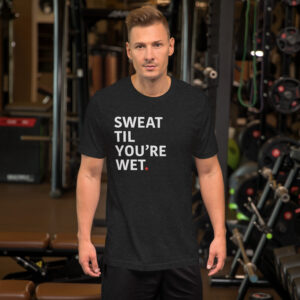What is Good Posture?
Defined simply as proper alignment of body across the kinetic chain: toes to head. Functionally defined as a neutral position of balance where the body is at a most efficient state of readiness for action.
Over time and accumulation of position (sitting at the computer or peering down at phone) and repetitive movements (weight lifting & sport activities) the body adapts by compromising neutral posture with energetic and static patterns that over time manifest as unbalanced and can be labeled as maladaptive. When approaching posture we often acknowledge the damage done by sedentary habits, but are unaware of the sneaky posture misalignment and compensation caused by unbalanced strength training and overuse in sport. In time, this accumulation cycles inflammation and eventual injury. Although, solutions are highly individual the below content outlines practices that can engender balance and restore more efficient action.
Checkpoints of this alignment include the major actionable hinge points: foot, ankle, knee, hip and spine; all 5 being in vertical orientation (imagine a tall chain using the spine as the mid-line guide). Imagine a standing body stacking the bones vertically in a most efficient state of readied rest. Hinge regions can each be classified as specializing in Stability or Mobility.
- Foot: stability
- Ankle: mobility
- Hip: mobility
- Lumbar spine: stability
- Thoracic spine: mobility
- Shoulder: mobility
Postural faults can also result from compensations that transition major hinge points from mobility to stability or vice versa, while systemic feedback presents in muscular compensations and stiffness. The body neurologically senses imbalance when stabilizer / synergist muscles compensate for prime movers; responding by enacting protective stiffness as interpretation unsafe environments.
Pain Compensation Cycle (can start at any phase):
Postural Fault ->Altered Joint Mechanic->Reduced Mobility / Stability / Strength->Excessive Loading Stress-> Inflammation->Pain & Injury->Movement compensation->Systemic Imbalance
Standing Posture Check:
- Feet forward under knees. Grip the ground with the feet (squeezing the ground lightly with the large toe, small toe). Don’t wear cushion based shoes. “Bear” foot or use minimalist footwear.
- Hips directly over knees (hips are the body’s center of gravity). May need to adjust pelvic tilt if too far forward (anterior pelvic tilt).
- Activate core.
- Pull down the trapezius / upper back & shoulders. Hands are in anatomical position with palms facing forward.
- Head above your body not in front of it; neck is tall with chin inward slightly.
- Relax the body while in intentional alignment.
Common Postural Faults & Solutions:
Hunchback (kyphosis) forward curve of thoracic-spine. Presents with weak upper back musculature and tight chest / shoulders.
- Strengthen trapezius / rhomboids
- Bent Over Dumbbell Row
- Swimmer Stretch
- Stretch / lengthen latissimus dorsi
- Anchored Latissimus Dorsi Stretch
- Band Push-Ups (focusing on seratus)
- Scapular Hangs and Push Downs / vertical or horizontal
Anterior pelvic tilt (lordosis) excessive curve of the lumbar-spine. Presents with top of hips being pulled forward / downward; weak glutes & core / tight hip flexors & low back. This is also known as lower crossed syndrome.
- Strengthen Glutes & Core
- Glute Bridges
- Dead Bugs
- Supine Drawing In
- Stretch / lengthen hip flexors & low back
- Super Dog (starting in knee hovering bear position flowing to downward dog: repeat)
- World’s Greatest Stretch
- ATG Split Squat
- Bird Dog
Knock Knees (valgus). caused by lack of hip and ankle mobility / stability. Presents as tight inner knee and ankle with foot overpronation (flat feet). Common tendonitis / and possibly leading to traumatic injury.
- Stretch & strengthen adductors
- Cossack Squats
- Kettle Bell Deep Bottom Squat (yoga calls this Malasana pose)
- Stretch & strengthen TFL (tensor fascia latte)
- Banded Clam Shells
- Airplanes
~Break the Cycle. Posture is Posterity.




